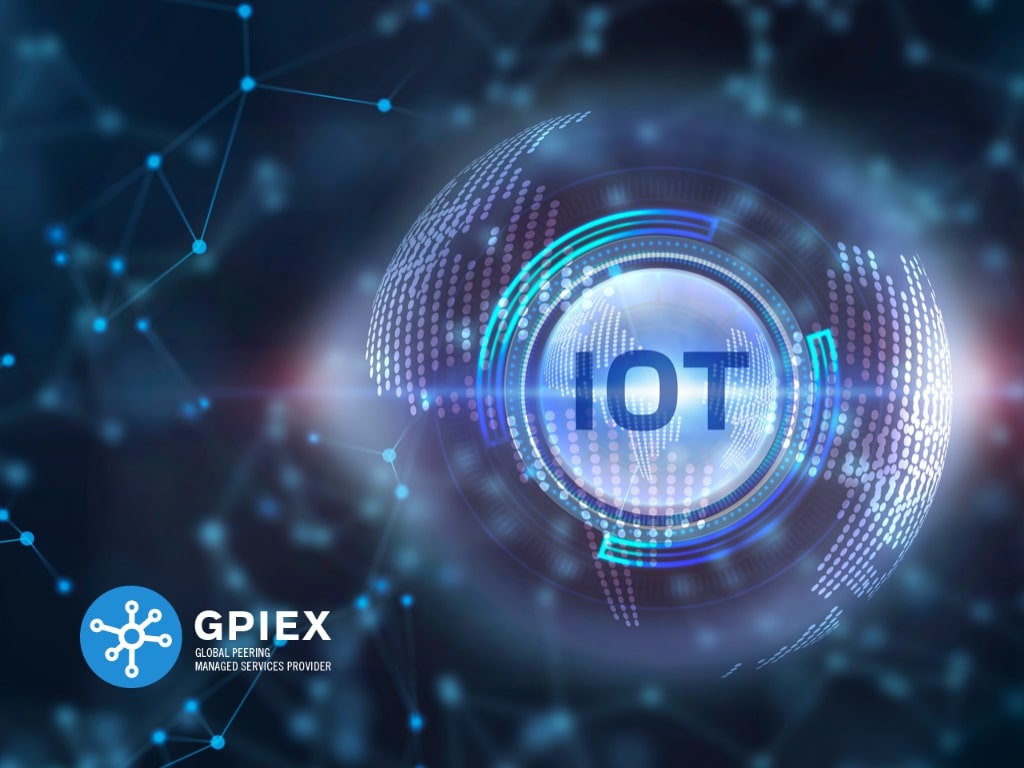

The Impact of IoT on Everyday Life
The Internet of Things (IoT) has revolutionized the way we live, work, and interact with each other. IoT refers to the network of physical devices, vehicles, home appliances, and other items embedded with sensors, software, and connectivity, allowing them to collect and exchange data with other devices and systems over the internet. The impact of IoT on everyday life has been significant, transforming the way we approach various aspects of our daily lives, from healthcare and education to security and entertainment.
Smart Homes and Living
One of the most noticeable impacts of IoT is on our living spaces. Smart homes equipped with IoT devices have become increasingly popular, making our lives more convenient and comfortable. IoT devices, such as thermostats, lighting systems, and security cameras, can be controlled remotely using smartphones or voice assistants, allowing us to adjust the temperature, lighting, and security of our homes from anywhere.
IoT-powered home automation systems can also learn our habits and adapt to our preferences, adjusting lighting and temperature settings to create a personalized ambiance. Additionally, IoT-enabled appliances, such as refrigerators and washing machines, can notify us when they need maintenance or repairs, reducing the likelihood of unexpected breakdowns.
Healthcare and Fitness
IoT has also had a profound impact on healthcare and fitness. Wearable devices, such as fitness trackers and smartwatches, can monitor our vital signs, track our physical activity, and provide real-time feedback on our health and wellness. These devices can also detect potential health problems, such as irregular heartbeats or abnormally high blood pressure, and alert us to seek medical attention.
IoT-enabled healthcare systems can also improve the efficiency and quality of healthcare services. For instance, remote monitoring systems can enable doctors to track patients’ health remotely, reducing the need for hospital visits and improving disease management. IoT-powered medical devices, such as insulin pumps and pacemakers, can also be monitored and controlled remotely, ensuring that patients receive timely and effective treatment.
Education and Learning
IoT has transformed the way we learn and interact with educational resources. IoT-enabled classrooms can create a more engaging and personalized learning experience, using sensors and analytics to track students’ progress and adjust the curriculum accordingly.
IoT-powered educational platforms can also provide access to a vast range of educational resources, including virtual and augmented reality experiences, interactive simulations, and online tutorials. These platforms can help students learn at their own pace, accelerating their progress and improving their academic performance.
Security and Surveillance
IoT has significantly enhanced security and surveillance systems, making our homes, communities, and public spaces safer and more secure. IoT-enabled security cameras can detect and respond to potential threats in real-time, sending alerts to the authorities and homeowners.
IoT-powered surveillance systems can also monitor public spaces, detecting and preventing criminal activities, such as theft and vandalism. Additionally, IoT-enabled access control systems can restrict unauthorized access to sensitive areas, ensuring the safety and security of people and assets.
Transportation and Logistics
IoT has revolutionized the way we travel and transport goods. IoT-enabled transportation systems, such as smart traffic management and intelligent parking systems, can optimize traffic flow, reduce congestion, and minimize travel times.
IoT-powered logistics systems can also improve the efficiency and reliability of supply chains, tracking goods in real-time and optimizing inventory management. IoT-enabled transportation systems can also enhance safety, detecting and responding to potential hazards, such as accidents and vehicle malfunctions.
Environmental Sustainability
IoT has a significant role to play in promoting environmental sustainability. IoT-enabled sensors and monitoring systems can track and manage energy consumption, waste management, and air and water quality, enabling us to make informed decisions about reducing our environmental footprint.
IoT-powered smart grids can also optimize energy distribution, reducing waste and ensuring that energy is supplied only when needed. Additionally, IoT-enabled agricultural systems can improve crop yields, reduce water consumption, and minimize the use of pesticides and fertilizers.
Challenges and Concerns
While IoT has transformed many aspects of our daily lives, it also raises several challenges and concerns. One of the biggest concerns is data privacy and security, as IoT devices collect and transmit vast amounts of personal data.
Additionally, IoT devices can be vulnerable to cyber-attacks, compromising the security and integrity of our personal data and systems. Another challenge is the lack of standardization and interoperability between different IoT devices and systems, making it difficult to integrate them seamlessly.
Conclusion
The impact of IoT on everyday life has been profound, transforming the way we live, work, and interact with each other. From smart homes and healthcare to education and security, IoT has improved our convenience, comfort, and well-being.
However, as we move forward, it is essential to address the challenges and concerns associated with IoT, ensuring that we prioritize data privacy and security, and develop standards and protocols that enable seamless integration and interoperability.
By doing so, we can unlock the full potential of IoT, creating a smarter, more sustainable, and more connected world that benefits everyone.





3 thoughts on “The Impact of IoT on Everyday Life”